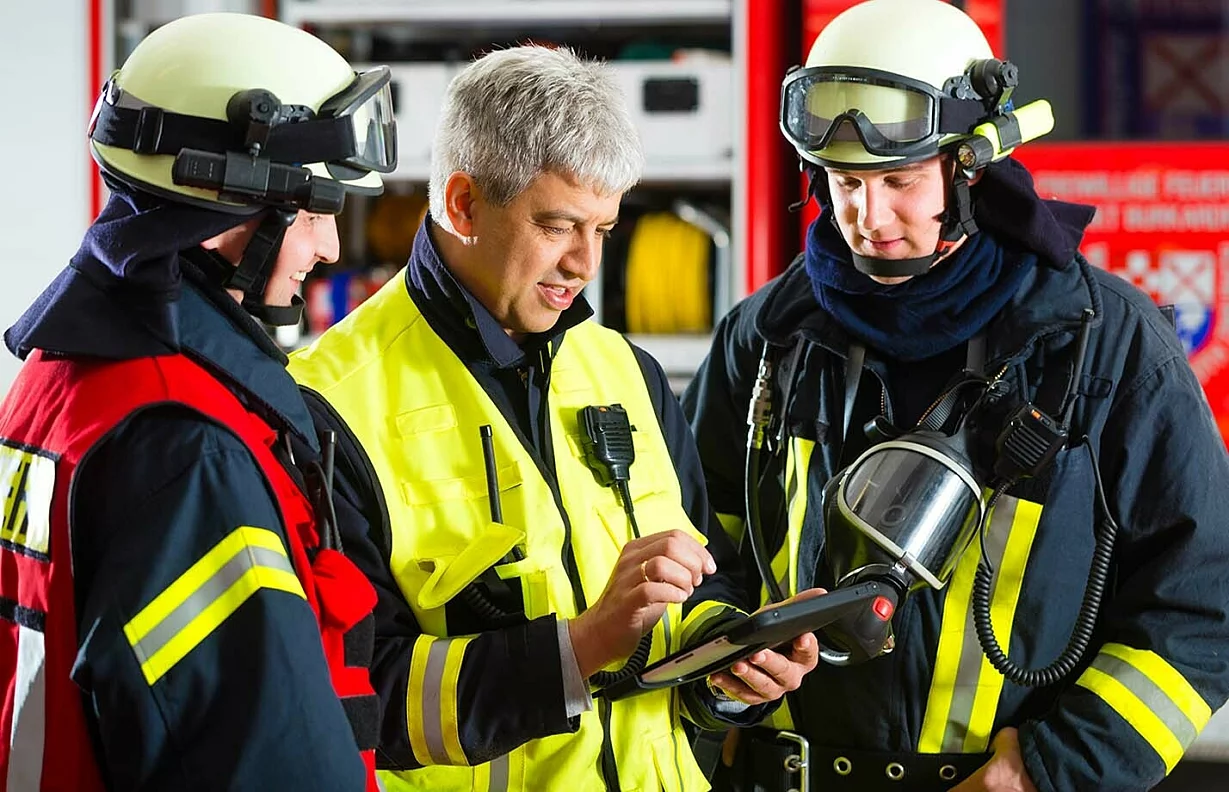
Emergency Mass Notification Systems
Well-designed Mass Notification Systems (MNS) and Emergency Communications Systems (ECS) alert, communicate, and share information promptly, saving critical response time and potentially lives.
Manage Emergency Communications + Keep People Safe
In an emergency, it’s often difficult to predict and manage people and their actions. Working with building owners, designers and architects, we determine system performance requirements and the right basis of design to ensure that the movement of people is most effective in your emergency. System design can include integrating various systems with information display, distributed recipient systems, and various building systems.

Upfront Risk Analysis
Prior to the introduction of a Mass Notifications System, we use a performance-based approach to a universal notification design. Using condition assessments or gap analyses, we can assess existing alarm systems, public address systems and IT infrastructure to determine the most cost-effective solutions. Our team conducts the risk assessment required by NFPA 72, Chapter 24 to ensure that the Mass Notification System includes the right components to respond to the threats established for the facility.

Mass Notification System Design + Integration
Our team of engineers are experts in both relevant codes and system design—helping you create the most efficient strategy and process from analysis to implementation. We partner with you to determine your routine and unique challenges, stakeholder coordination and system performance requirements to design a coordinated, functional and cohesive mass notification system.

Emergency Response Planning
Effective coordination and communication with law enforcement or fire departments will help save lives and protect property during an emergency event. A detailed plan and customized training programs will ensure those charged with responding will understand their role, necessary actions and time critical response. We can help you evaluate your response needs, establish processes for your facility, develop response procedures and train personnel to validate elements of the emergency planning process.
RELATED INSIGHTS + RESOURCES
Blogs + Whitepapers

Single- and Multi-Station Low-Frequency Audible Signaling
Carson Cook discusses the challenge posed by the 2021 IBC requirement for audible alarms activated by single- and multiple-station smoke alarms and how to meet the requirement for non-transient occupancies.
MEET OUR EXPERTS
Scott Golly
Vice President, Global Service Line Leader, Special Hazards
Scott Golly
Vice President, Global Service Line Leader, Special Hazards
BS, Fire Protection Engineering, PE: DE, MD, NY, VA, National Council of Examiners for Engineering and Surveying
Larry Rietz
Vice President, Global Service Line Leader Fire Detection + Alarm
Larry Rietz
Vice President, Global Service Line Leader Fire Detection + Alarm
AAS, Drafting for Industry, Management Development Certificate, National Institute for Certification in Engineering Technologies, Certified Fire Protection Specialist






